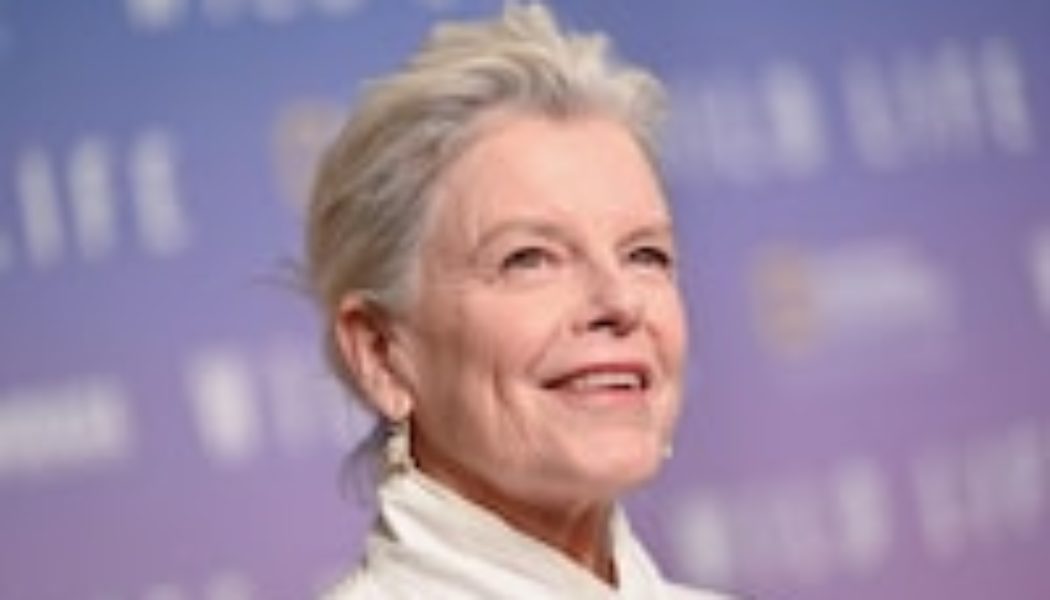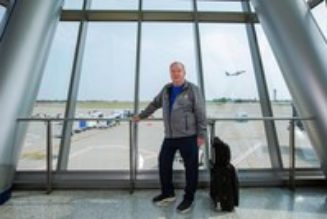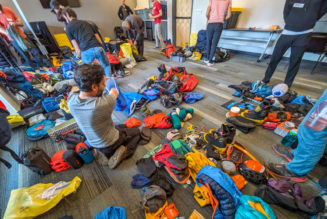
Kristine Tompkins has lived a life shaped by two Patagonias.
Her first was the outdoor apparel company that she helped mountain climber Yvon Chouinard launch in 1973. For 20 years, she served as Patagonia’s chief executive. Then, in 1993, she left the company for the other Patagonia — the South American region at the end of the world.
Kris and husband Doug Tompkins, co-founder of the North Face, famously quit the corporate world to focus on the natural one. While building their first park, Pumalin, the conservationists lived in a rustic area without electricity, roads or telephones. As they amassed swaths of land to conserve and sometimes rewild, they learned critical lessons about how travelers can help protect the environment for generations to come. Kris, now 73, is still sharing them.
“There are a jillion ways to be conscious and to make a contribution to these places that we want to visit so badly,” she said. “But you have to decide that that’s the kind of traveler you’re going to be and that you’re serious about it. … I don’t think we have the luxury of being mindless anymore.”
After restoring the land of Patagonia and building public infrastructure, the Tompkinses would donate their projects to the governments of Argentina or Chile. The vast expanses are now national parks visited by hundreds of thousands of people a year.
“We wanted them to be economic drivers for the country and local communities, and we like participating in the protection of the jewels of a nation, which has nothing to do with us personally,” Kris Tompkins said.
In 2015, Doug died on a kayaking trip in Patagonia. Though grief-stricken, Kris persevered with their mission. Over three decades, the nonprofit Tompkins Conservation has helped create or expand 15 national parks encompassing roughly 14.8 million acres of land, plus two marine national parks totaling 30 million acres. Their organization spawned Rewilding Argentina and Rewilding Chile, independent nonprofits that have worked to restore such species as Darwin’s rhea, an ostrich look-alike; the giant river otter; and the huemul deer, Chile’s national animal.
Today, Kris Tompkins’s call to action is instructive and accessible. Even the softest adventurer can incorporate her travel advice.
During a recent stay at the Watergate Hotel, she shared with The Washington Post nuggets of wisdom mined from her decades of conservation work and adventures in Patagonia.
Connect and contribute
Tompkins admits she is not good at playing the casual tourist; she prefers trips to survey conservation projects or identify animal species.
But, regardless of your agenda, Tompkins urges travelers not to glide over a destination but to connect deeply with it. Seek out its natural features, even in cities, and pay attention to the bigger picture: how your actions affect your immediate surroundings as well as the wider world.
“I think everybody should be focused on the state of the natural world, whether you’re going to Paris or Mozambique,” she said. “And be mindful of where you’re going, what’s taking place … and what’s going on with the planet.”
Tompkins encourages visitors to give back to the environment and the local communities whose livelihoods depend on the region’s natural resources.
“Support communities by learning more about them. What are the issues they face?” she said. “Going to places and just having a jolly time, given the circumstances that the Earth is in and the communities around the world are in, is passé. It’s over. Or it should be over.”









